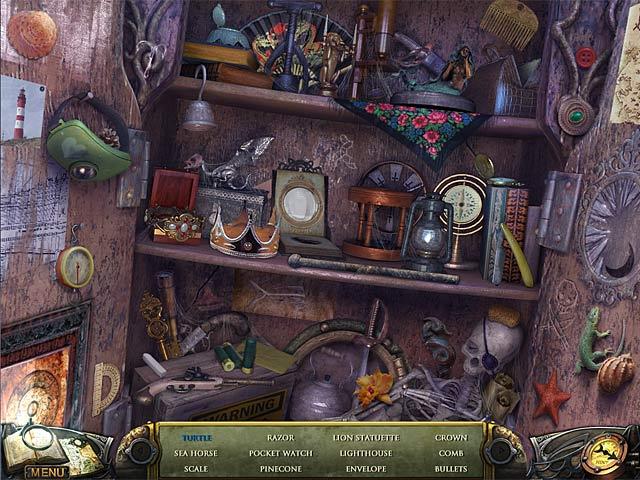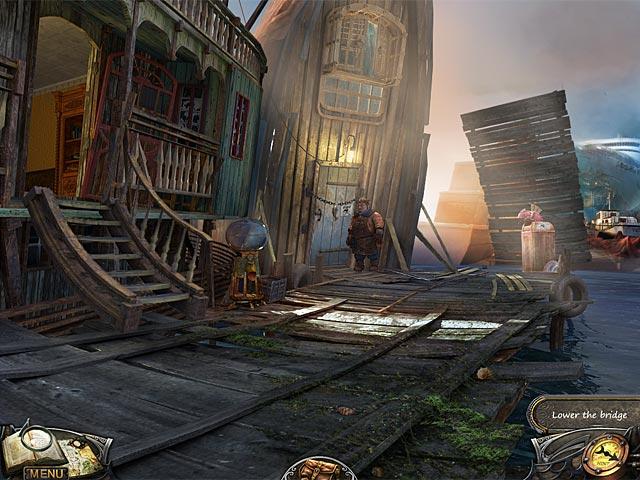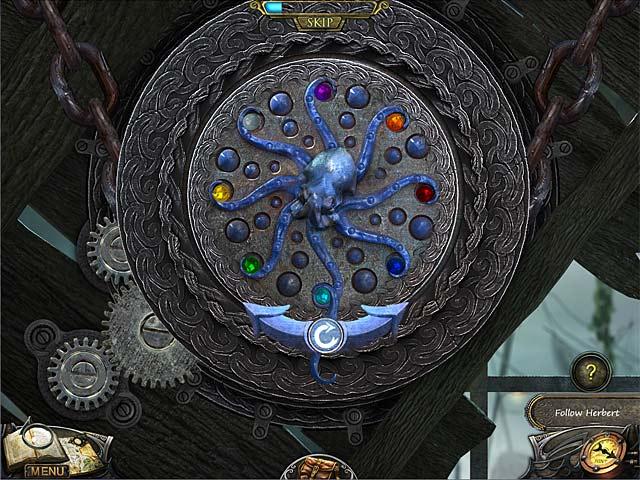- Wondering how to get Monopoly GO! free rolls? Well, you’ve come to the right place. In this guide, we provide you with a bunch of tips and tricks to get some free rolls for the hit new mobile game. We’ll …
Best Roblox Horror Games to Play Right Now – Updated Weekly
By Adele Wilson
Our Best Roblox Horror Games guide features the scariest and most creative experiences to play right now on the platform!The BEST Roblox Games of The Week – Games You Need To Play!
By Sho Roberts
Our feature shares our pick for the Best Roblox Games of the week! With our feature, we guarantee you'll find something new to play!Type Soul Clan Rarity Guide – All Legendary And Common Clans Listed!
By Nathan Ball
Wondering what your odds of rolling a particular Clan are? Wonder no more, with my handy Type Soul Clan Rarity guide.
The Missing: Island of Lost Ships Review
When a band of 5 Avenger bombers took off from Fort Lauderdale on December 5, 1945 for routine navigation training, the fleet of 14 airmen were never seen again. Neither were the crew of 13 aboard the airboat sent to search for them. The area in which these unlucky servicemen vanished was later dubbed the Bermuda Triangle. Since, efforts have been made to locate wreckage, but no plane pulled from the ocean floor has yet to match the serial numbers of the lost aircraft.

Misfit Toys Need Not Apply
When a band of 5 Avenger bombers took off from Fort Lauderdale on December 5, 1945 for routine navigation training, the fleet of 14 airmen were never seen again. Neither were the crew of 13 aboard the airboat sent to search for them. The area in which these unlucky servicemen vanished was later dubbed the Bermuda Triangle. Since, efforts have been made to locate wreckage, but no plane pulled from the ocean floor has yet to match the serial numbers of the lost aircraft.
The Missing: Island of Lost Ships builds upon the lore surrounding these events, offering a world where vanishing ships go to die and a plot centered on the mysterious disappearance of a young explorer who vanishes while seeking out a legendary ancient artifact. Taking on the role of the one-man search party sent to find him, you set out along the same path as this brave explorer, and soon find yourself suffering a similarly unfortunate fate. A blinding light appears to swallow you up, and before you know it, you awake marooned on an island festooned with the wreckage of ships old and new.
Employing a visual style that’s one part steampunk, one part Swiss Family Robinson, the game’s highly detailed 2D art features landscapes filled with old, decrepit ships half sunk and strewn together to create a makeshift community of housing, bridges, docks and more. The gut of a vertically capsized boat serves as a re-jigged port, while makeshift robotic and mechanical devices are found throughout the island, all appearing to be made from material harvested from the bevy of wreckages littered across the land. Much thought and creativity clearly went into the design of the world, which feels much more lively and inventive than your average fantasy HOG setting.
While the dedicated cutscenes are crisp and do a good job of bringing the story alive, all is not perfect on the visual front, as the game adds a mixed bag of 3D graphics and effects. The in-game animations and character models aren’t terrible, but it is common for the characters you converse with to flicker, causing them to appear to pop in and out of existence and jump around a bit when interacting with you. Nevertheless, the cartoony character design compliments the fantastical setting enough to make their animated presence worth the while, as their quirky mannerisms, dialogue and style help add to the overall feel of the world.
Voice-acted dialogue is used throughout, except for the protagonist, and while this is certainly a welcomed feature, sometimes the game’s writing for the main character (you) can be a bit underwhelming. For instance, your character will periodically just come out and say what needs to be done to solve a puzzle. In one segment where the wrench in your possession is needed, he says “good thing I have my wrench!” Other times, his reactions are inconsistent with previous happenings in the game. One example comes early on, after you are warned of a Kraken, who then shows up multiple times, causing your character to comment on the need to avoid water. Then, later on, when you encounter it again, your character asks what the creature is, wondering if it is a Kraken. He then reiterates that it’d probably be best to stay away from the water. Again.
Progression in the game consists of completing specific in-game tasks, with the ultimate goal being to track and locate the explorer before the greedy, pirate-like “Sea Dogs” running the island get him to lead them to the artifact. The world has a very open feel, with a map that allows you to quickly travel between the different locations in the game. Advancing the plot is not done in a very linear fashion, as you will be back-tracking to previous areas to use newly acquired items quite frequently, helping to add some depth to the game’s light adventure mechanics.
Items are earned primarily through hidden object scenes and standard puzzles, and sometimes by simply finding them in the environment. The hidden object segments of the game are plentiful, and task you with either finding items by displaying their silhouette or by simply listing them by name. Items listed in blue require two steps to be found, and while this sometimes adds a tricky element to these segments, other times the process is painfully simplistic, demanding menial tasks like clicking a box to open it, and then grabbing the goods inside. If do you happen to get stuck, a hint bar will fill over time to help you out (except on expert mode).
The other puzzles found in the game are very well done and come in a large variety. You’ll be performing everything from spatial puzzles, to decoding nautical flagging codes, or swapping complicated tile sets and matching ancient symbols to correlate runes and gems. There is an option to “skip” puzzles after a set amount of time has passed should you get stumped, which is again not available in expert mode. The game really offers up a dizzying variety of head-scratchers that fit its themes and style, helping to create a wide range of challenges that serve to keep the whole experience fun and engaging throughout.
The outlandish premise of The Missing: Island of Lost Ships is quite unique, building upon the lore of the Bermuda Triangle to create an adventure unlike much else currently offered in the hidden object genre. The beautiful 2D art and clever design creates a whimsical water world that’s a joy to explore, and the non-linear progression and plethora of puzzles help to keep the whole affair from ever feeling dull or repetitive. While the cutscenes generally help enhance the experience, many of the in-game animations are rather wonky, and the dialogue at times feels a bit brain dead. Still, the overall variety and depth offered by the game makes the whole package quite easy to recommend. If you are looking for an experience unlike many other titles within the HOG genre, this game certainly delivers something distinctively different.

The good

The bad
More articles...
Monopoly GO! Free Rolls – Links For Free Dice
By Glen Fox
Wondering how to get Monopoly GO! free rolls? Well, you’ve come to the right place. In this guide, we provide you with a bunch of tips and tricks to get some free rolls for the hit new mobile game. We’ll …Best Roblox Horror Games to Play Right Now – Updated Weekly
By Adele Wilson
Our Best Roblox Horror Games guide features the scariest and most creative experiences to play right now on the platform!The BEST Roblox Games of The Week – Games You Need To Play!
By Sho Roberts
Our feature shares our pick for the Best Roblox Games of the week! With our feature, we guarantee you'll find something new to play!Type Soul Clan Rarity Guide – All Legendary And Common Clans Listed!
By Nathan Ball
Wondering what your odds of rolling a particular Clan are? Wonder no more, with my handy Type Soul Clan Rarity guide.








 “
“ “
“